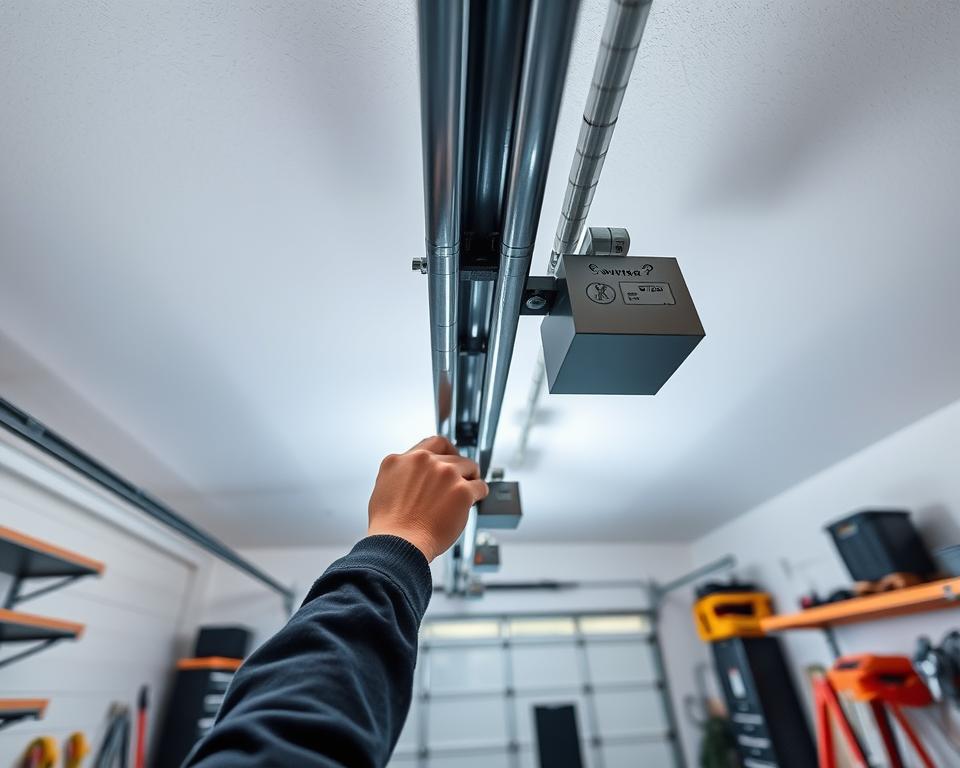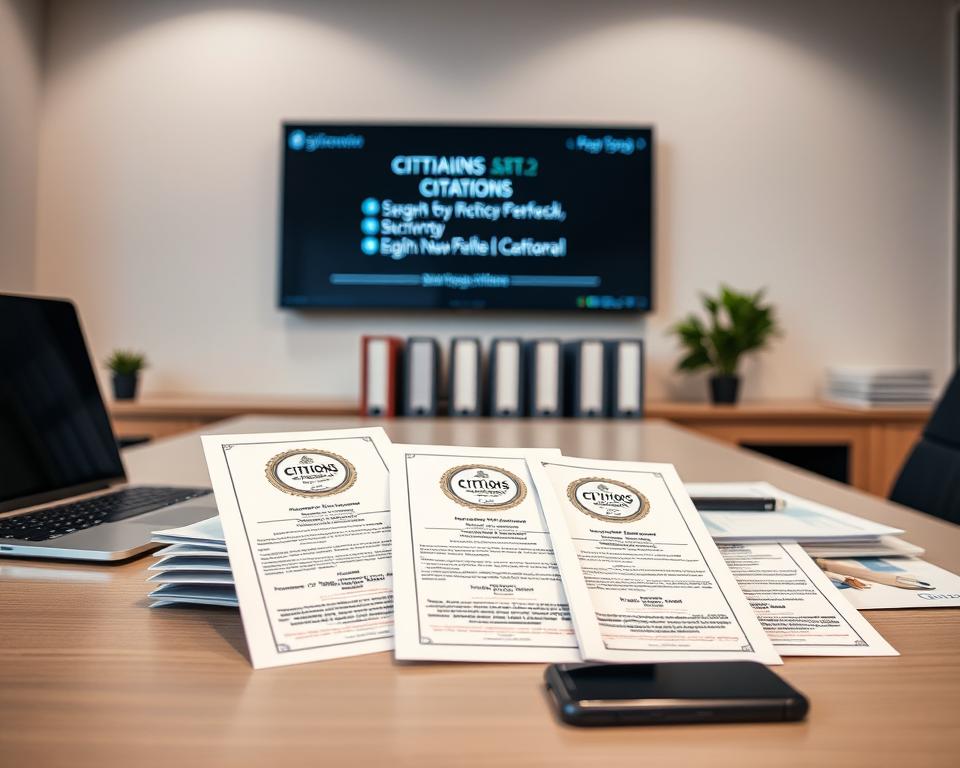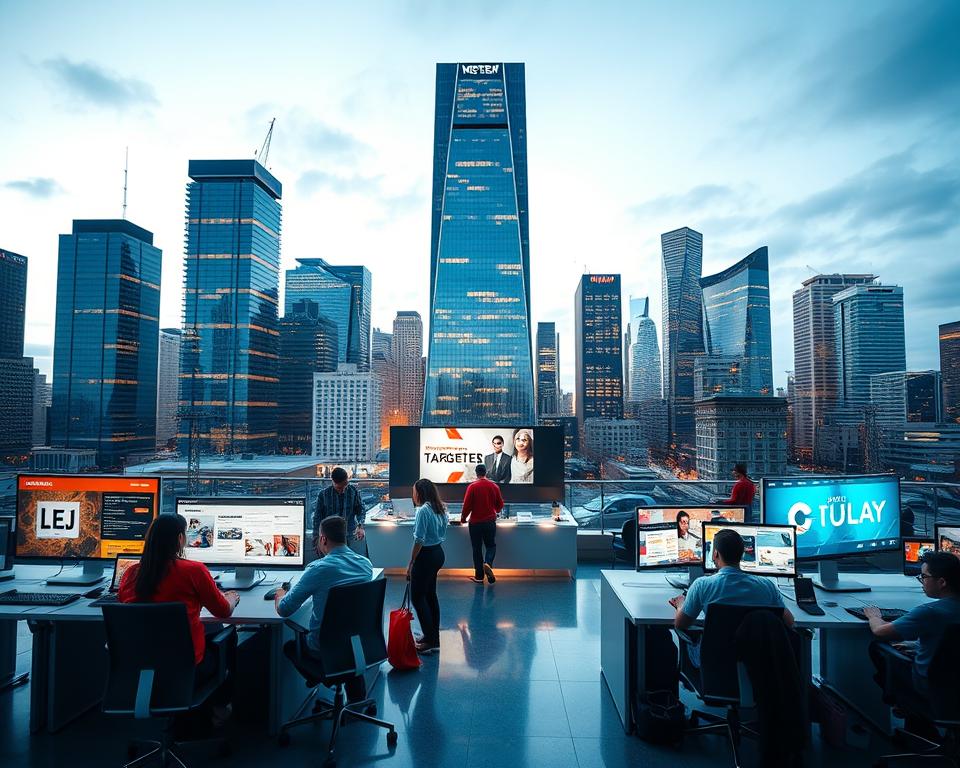Premier Online Advertising Houston Services for Business
One of the most effective methods to foresee the future is by creating it. – Peter Drucker. In today’s fast-paced digital landscape, businesses in Houston must seize the opportunity to establish their online footprint or risk being left behind. With the advent of Internet marketing Houston, local companies are utilizing various local SEO Houston propositions to foster growth and sustainability.
Since Houston cements its status as a flourishing commercial hub, the need for companies to engage their clients via effective marketing strategies is more paramount than ever. From SEO tactics to social media engagement, collaborating with an SEO company Houston enables companies to thrive in a fierce market.
Overview of Internet Marketing in Houston
Houston stands as a dynamic commercial hub in the Southeastern United States. Its rapid economic growth offers a fertile ground for businesses to flourish. As various sectors expand, the need to master internet marketing becomes critical for success.
Economic Development in Houston
The city’s economic landscape has undergone a significant transformation. Driven by a diverse range of industries such as tech, healthcare, and logistics. This growth prompts businesses to embrace effective digital marketing strategies. Local institutions, such as Georgia Tech and Emory University, provide a skilled workforce, supporting commercial activities.
As Houston continues to thrive, companies can leverage internet marketing Houston to expand their reach. This enhances their visibility and connects them with a broader audience.
Importance of Digital Presence for Local Businesses
A strong online presence is essential for local businesses in Houston to engage with customers effectively. The surge in online shopping necessitates an effective digital marketing strategy Houston. This allows businesses to build strong client relationships and promote their services.
Emphasizing internet marketing enables companies to distinguish themselves from competitors and meet evolving market demands. A strong online identity is key to leveraging Houston’s economic growth. This ensures sustainable success for area enterprises.

Exploring the Digital Marketing Solutions Offered in Houston
Within Houston’s dynamic business ecosystem, digital marketing solutions play a pivotal role for achieving success. A wide array of services caters to the diverse needs of local businesses. These include SEO, social media marketing, content marketing, email campaigns, and pay-per-click advertising. Businesses aiming for growth benefit from understanding these services to craft targeted marketing strategies.
Variety of Services Available
Houston’s digital marketing landscape offers a plethora of services to enhance brand exposure and engagement. For example, an SEO company Houston excels at optimizing websites for better search rankings, thereby boosting organic traffic. Social media marketing enables brands to engage directly with their audience, building loyalty and community. Content marketing creates valuable content to attract and retain customers. Email campaigns facilitate direct communication, while pay-per-click advertising boosts immediate traffic, leading to more leads and conversions.
Advantages from Collaborating with Local Agencies
Teaming up with local agencies in Houston offers considerable advantages. They possess deep insights into regional consumer behavior, allowing them to develop effective strategies. Local agencies also utilize advanced tools and data analytics for campaign management and optimization. Such a collaborative alliance allows companies to quickly adjust to market fluctuations and improve their marketing ROI.
SEO Company Houston: Positioning Your Brand for Success
In today’s digital world, businesses in Houston must focus on their online presence to succeed. An SEO company in Houston is key to this success, as search engines are now the main source of information. Understanding SEO’s role can significantly boost organic traffic and customer interaction.
Importance of SEO for Visibility
Effective SEO is essential in standing out in a cutthroat market. A well-optimized website increases the likelihood of appearing on the first page of search results, drawing more visitors. As businesses see the value of SEO, the demand for skilled professionals grows. Allocating resources to SEO enhances visibility and cultivates customer trust.
Leading SEO Techniques Employed by Experts
Dedicated agencies in Houston use various SEO tactics to improve online presence. Key strategies include:
- Keyword Optimization: Comprehensive keyword research guarantees that companies aim at the correct keywords to effectively capture their audience.
- On-Page SEO Enhancements: This involves optimizing content, meta tags, and overall site structure to improve user experience and search engine ranking.
- Link-Building Strategies: Establishing quality backlinks from trusted sites helps in constructing authority and improving relevance in search engine rankings.
With a data-driven approach, agencies constantly monitor performance and refine strategies to maximize results. By leveraging the right SEO tactics in Houston, businesses can position themselves for lasting success.
Social Media Marketing Houston: Engaging Your Audience
Social media marketing is key in building connections between businesses and their audiences in Houston. It enables brands to talk directly to customers, foster loyalty, and boost visibility in a competitive market.
Advantages of Social Media Engagement
The advantages of social media are vast and significant. Companies enjoy enhanced brand awareness, improved customer interaction, and efficient reputation management. By using platforms that match their audience, companies can create strategies that resonate deeply, leading to improved outcomes.
Popular Social Platforms for Houston Businesses
In Houston, companies are turning to platforms like Facebook, Instagram, and Twitter. Each has unique features for targeting different groups. The platform choice greatly affects engagement and marketing success in Houston’s diverse market.
Email Marketing Houston: Direct Communication with Customers
Email marketing serves as an essential strategy for companies aiming to communicate with their customers. In Houston, it’s about using personalized communication to boost engagement and drive conversion rates. The success of email campaigns is evident in their capacity to nurture leads and maintain lasting customer relationships.
Effectiveness of Email Campaigns
Email campaigns have consistently demonstrated their value in the marketing sphere. Businesses employing targeted email marketing enjoy higher response rates compared to conventional methods. Sending pertinent content directly to subscribers’ inboxes captures attention and encourages action.
Key Email Marketing Strategies
Successful email strategies in Houston include several key elements:
- Segmentation: Tailoring messages based on subscriber demographics or behavior ensures content resonates more effectively with each recipient.
- Mobile Optimization: Emails must be designed for mobile users, as a significant portion of emails is opened on mobile devices.
- Performance Analysis: Regularly analyzing campaign results provides insights that help refine future communications and enhance overall effectiveness.
Working with local agencies in email marketing Houston ensures businesses can execute these strategies smoothly. It maximizes their outreach efforts.
Internet Marketing Houston: Comprehensive Strategies for Growth
In today’s digital world, success demands a multi-faceted approach to internet marketing in Houston. By integrating multiple digital channels, companies can create a powerful synergy. This synergy boosts brand visibility and engagement. Implementing strategies that comprise SEO, content marketing, social media, and email is vital. This unified approach fortifies communication with the intended audience, driving growth in Houston’s competitive market.
Combining Multiple Digital Channels
Effective internet marketing in Houston involves using a range of digital channels to reach customers. SEO ensures a prominent position in search results, whereas content marketing offers valuable information. Social media facilitates building relationships and engaging directly with customers. Email marketing keeps communication, ultimately leading to conversions. By blending these channels, companies can formulate a unified marketing blueprint. Such an approach magnifies messages and builds brand allegiance.
Measuring Success: Analytics and Reporting
Measuring success is key to understanding the impact of marketing efforts. Analytics and detailed reporting deliver insights into campaign results. Local agencies employ advanced tracking tools to deliver actionable data. This data highlights strengths and weaknesses, guiding future strategies. By focusing on high-performing areas, businesses can optimize their marketing spend. It guarantees that their strategies yield genuine growth.
To Conclude
Within the dynamic realm of internet marketing Houston, companies must be proactive to achieve success. Adopting approaches such as SEO, social media engagement, and targeted email marketing enhances visibility and engagement. These measures are pivotal in differentiating amidst intense competition.
Partnering with local agencies, such as Marketing 1on1, can make a significant difference. They ensure your marketing aligns with the local market’s unique needs. Such collaborations offer tailored expertise and help drive growth for local companies through community-focused strategies.
Creating a strong digital marketing framework is vital for businesses to flourish. By focusing on internet marketing in Houston, companies can solidify their digital presence. This strategy drives growth and builds enduring brand loyalty.









